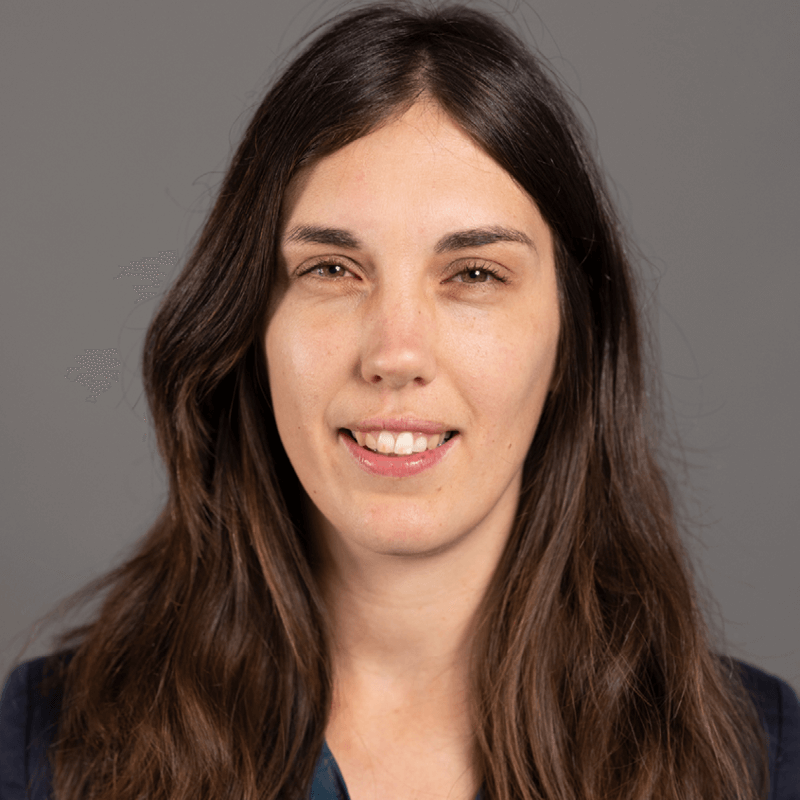Bringing teaching content to life with augmented reality
Children and young people use digital media as a matter of course. They facetime with each other, put funny filters on Snapchat photos and use YouTube to find out about things that are relevant to them. Social media and Internet applications have long since overtaken traditional media in terms of usage time and intensity.
And at school? “Classic textbooks, chalkboards or even overhead transparencies dominate the classroom. Unfortunately, many schools fail to adapt to children’s media use,” says Arkadi Jeghiazaryan, founder of Areeka.
Four digital revolutions are changing the world
Arkadi wants to change that and bring the digital world into schools. “We are in the fourth digital revolution, which is fundamentally changing our lives. First came the PC. The second was the Internet, followed by the smartphone. And the fourth revolution is augmented reality combined with virtual reality and artificial intelligence.” Augmented reality (AR) is a computer-based way to add a virtual world to one’s own world. For example, Areeka’s two-dimensional poster of a skeleton uses a smartphone to show all the muscles, organs and bones. In this example, AR helps to visualize the human body.
Internalizing learning content better with AR
For Arkadi, it is obvious to bring AR technology to education as well and therefore founded Areeka. Areeka wants to bring learning content to life. It started in 2017 with a pilot project at two schools. In the project, one group learned with AR applications, they could visualize and experience what they learned. The other group learned purely with the textbook. This test showed: The students who learned with AR were able to remember the content much better!
Unleash the dinos, knights and Egyptians!
Areeka brings variety to learning with its AR visualizations. In the meantime, the company has developed many products and concluded cooperations with textbook publishers. Students can use their smartphones to immerse themselves in the world of the Egyptians or have dinosaurs walk across their desks. Organs can be viewed from all sides and exciting knight fights can be experienced with their own eyes.
Create your own virtual worlds with AR Studios
The possibilities with AR are (almost) unlimited. To expand the AR world in schools even further, Areeka has developed the Areeka Studio. There, students, teachers and anyone interested can create their own 3D worlds free of charge and visualize them using AR. “For example, you can augment a witch on a Harry Potter poster so that she flies around the room with a broom,” Arkadi explains. No prior knowledge is required, and the design is quick and easy. Teachers can enhance their own teaching content with AR and students can try their hand at 3D modeling. Great fun for all is guaranteed!
AR is not limited to schools, of course. AR enhances all learning, from school to adult education. Even Facultas Publishing, which publishes many books for universities, has already knocked on Areeka’s door. But the focus remains on schools. “We have some collaborations, for example with the Pädagogische Hochschule in Vienna, to augment teaching materials. So AR has definitely arrived in schools.”
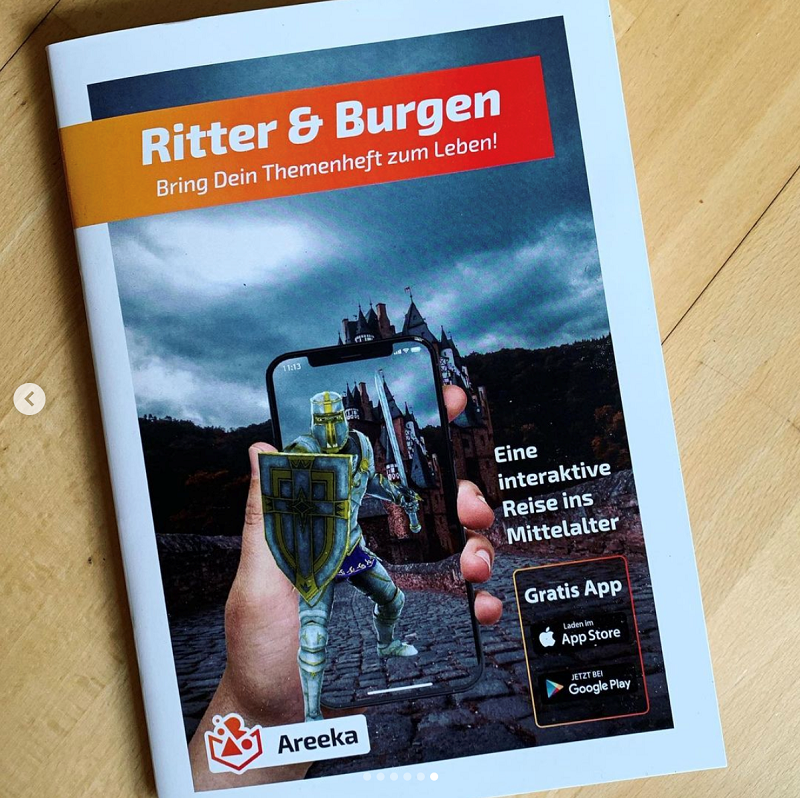
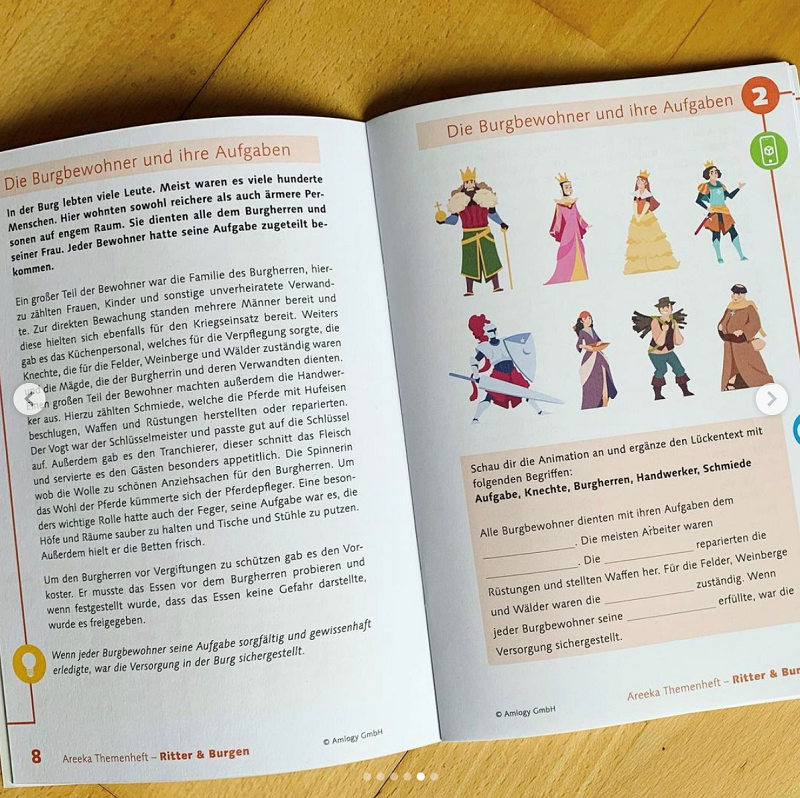
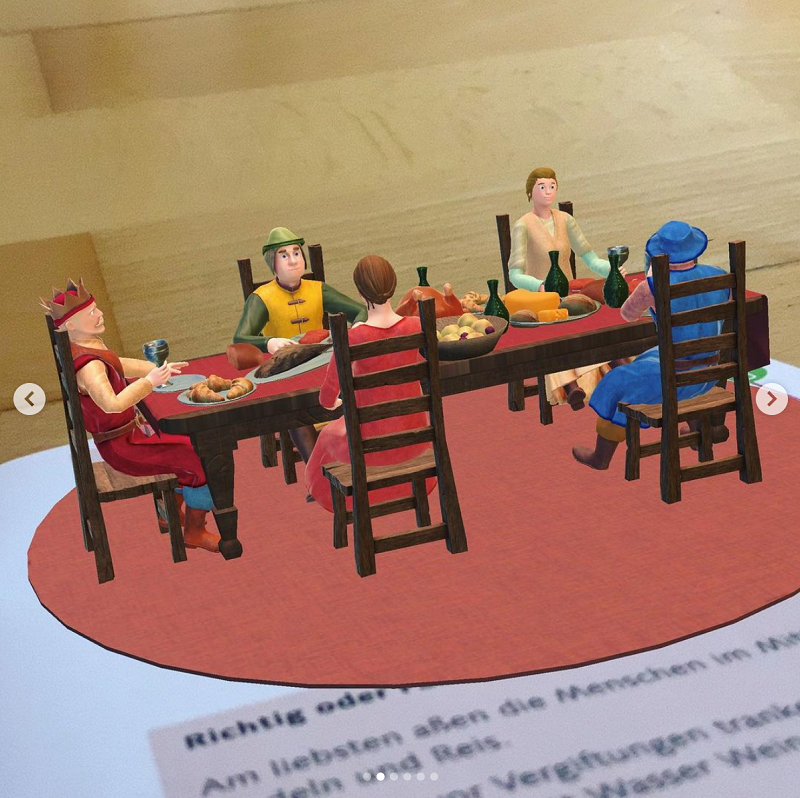
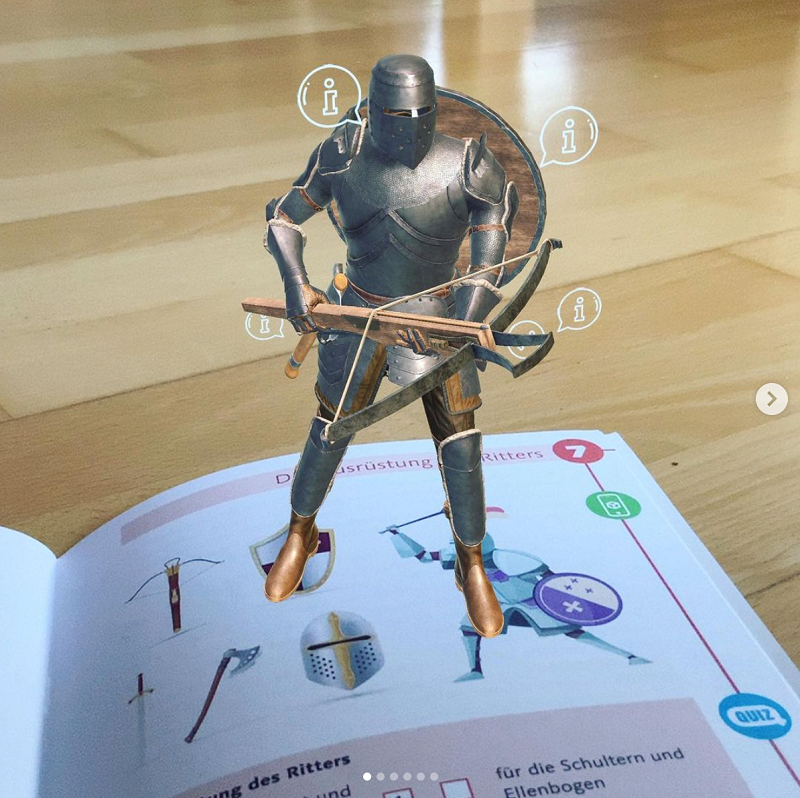
Immerse yourself in the world of the Middle Ages with the theme booklet Knights and Castles. (photo: Areeka)
We asked Arkadi Jeghiazayan
When did you start Areeka?
I co-founded Amlogy with my brother in 2016, and in 2017 it became the Areeka brand for education. We were a very small company, without money or any funding. We wanted to bring augmented reality to education and see if it worked. But four years ago, AR was not a concept to many. It was dismissed as a gimmick. That has changed. We started with a themed issue called “Light and Water” because we didn’t have any cooperation with publishers yet. This booklet was sold out after a few hours (admittedly, the first edition was only 30 copies). We knew then that we were on the right track.
What was your motivation for founding Areeka?
I came to Austria as a child as a refugee and experienced education from a different perspective. Namely, when you don’t understand what the teachers or the books want to convey. My brother and I would have liked to see other teaching methods that visualize what is being taught. AR can be understood and applied by everyone. That’s when we came up with the idea of Areeka.
How do you manage to get cooperation with schools and publishers?
We have always gone the classic distribution route. We present Areeka in schools and classes, and if they want to use it, they buy our products. We have never gone through the Ministry of Education, for example, that would have taken too long. Since we are entirely a bootstrapping startup (editor’s note: financed without outside capital, see link for more info), we had to make money. Therefore, we went the direct route. Thank God that worked out well. Currently, we are working a lot with influencers in the field of education to make Areeka better known.
Of course, we are also looking to collaborate with textbook publishers. We make it easy for them and offer to augment the textbooks at a low cost. Many textbooks don’t have this yet, and I think that’s fatal. Children grow up with digital media and use them as a matter of course. Unfortunately, textbook publishers don’t manage to offer children what they actually want. That hurts my heart. That’s why we’re adopting a very open strategy with textbooks. Among other things, we work with the educational publisher Lemberger; it is a pioneer in the AR field and is very active.
What is your vision for the educational landscape in Austria?
Change, in whatever direction. That would be good for us, once there is a change in the school system. I would like all students to see school as a place where people enjoy being. Children are stopped in their curiosity and their urge to experience things in kindergarten and at school. They are put into schemes. If they don’t fulfill this schema, it becomes difficult. And it is exactly this change that is needed. Children only like to be at school if education allows them to live out their curiosity and their urge to experience new technologies, for example.
The change is not only of a technical nature. For example, we also have to spend much more time supporting the teachers. With thirty children in a class, they can’t take care of everyone the way they might need to. How can we make the profession more attractive again? If you turn these screws, you can already improve a lot.
What are your expectations for EdTech Autria?
EdTech Austria is absolutely necessary. All EdTechs in Austria know each other and exchange information. But there is no contact point that bundles this collected know-how and shows that start-ups of successful EdTechs are also possible in Austria. EdTech in Austria can also be profitable, you can earn money with it. We need a mouthpiece that expands our EdTech bubble a little and brings it to the public. In the best case, this will lead to more EdTechs being founded in Austria.
More articles
The following articles might also interest you.
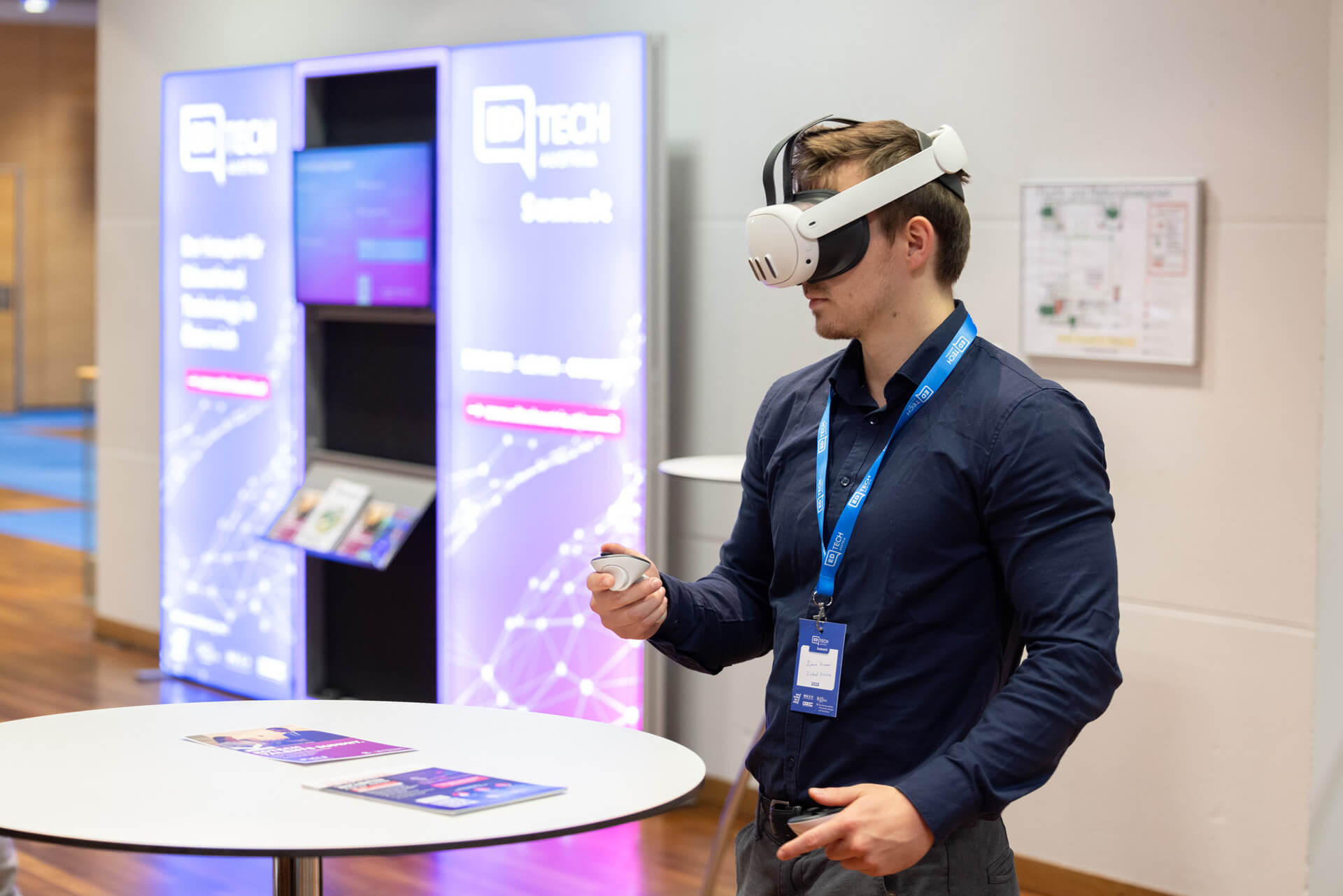
GenAIedTech: From Human to Machine
18. December 2025

Digital Roadshow: Learning Apps Marketplace
18. December 2025
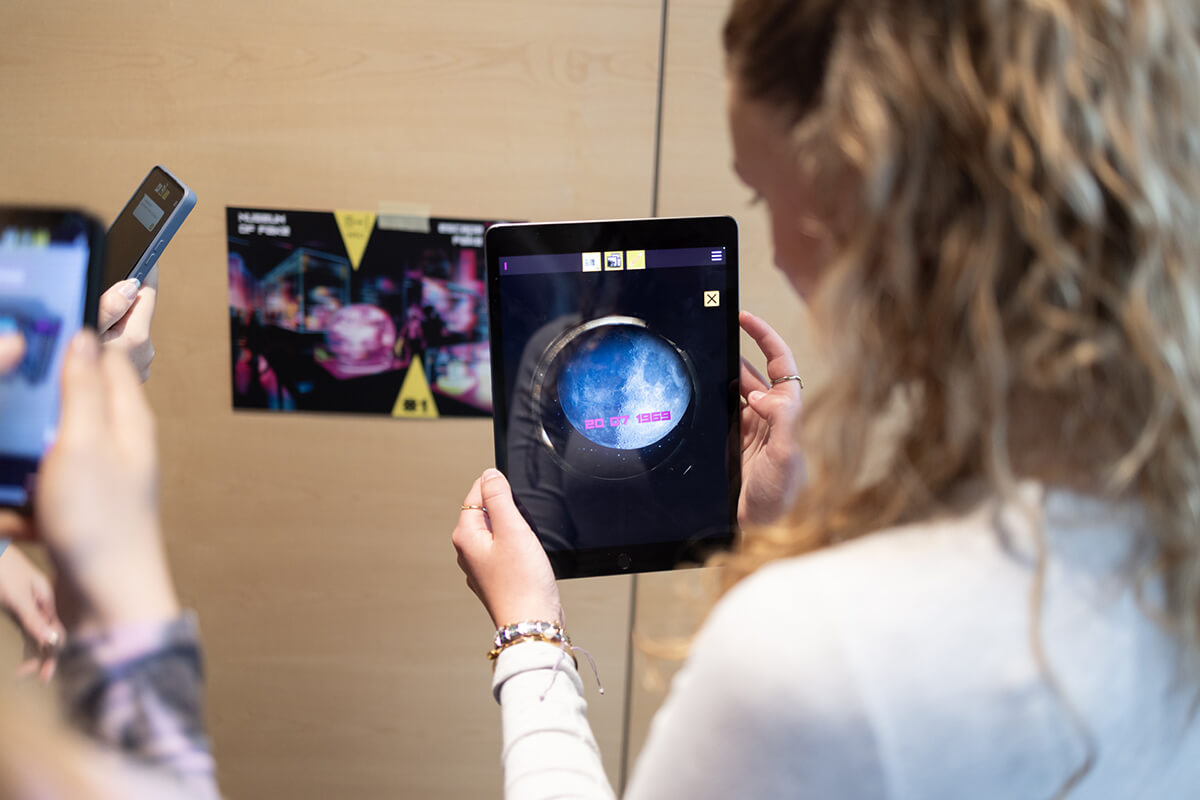
AR, VR and XR: Shaping Learning through Virtual Worlds
30. June 2025
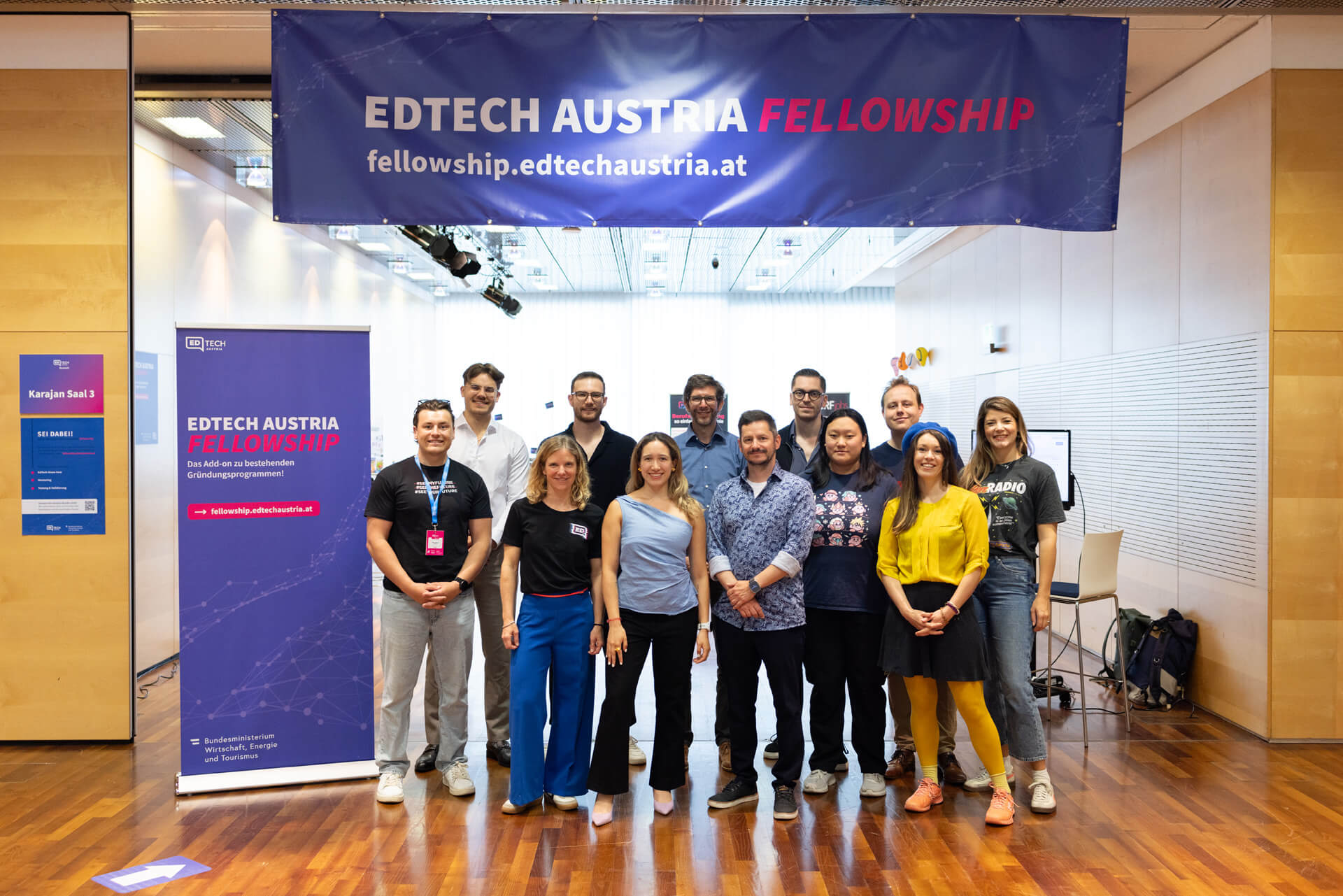
EdTech for all, all for EdTech – shaping the world of education together
18. June 2025
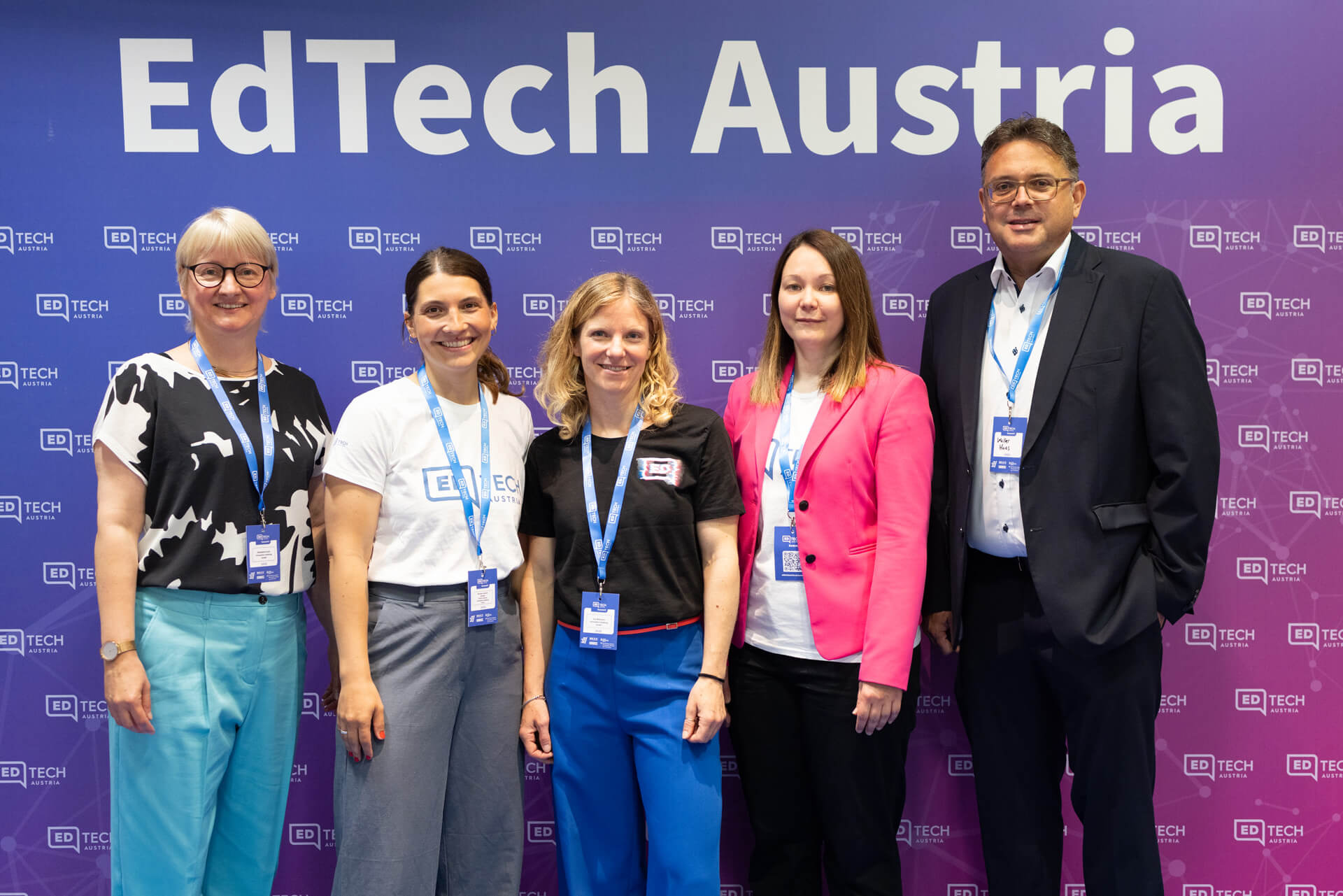
Real-World Practice Meets Innovation: The Fourth EdTech Austria Summit
3. June 2025
